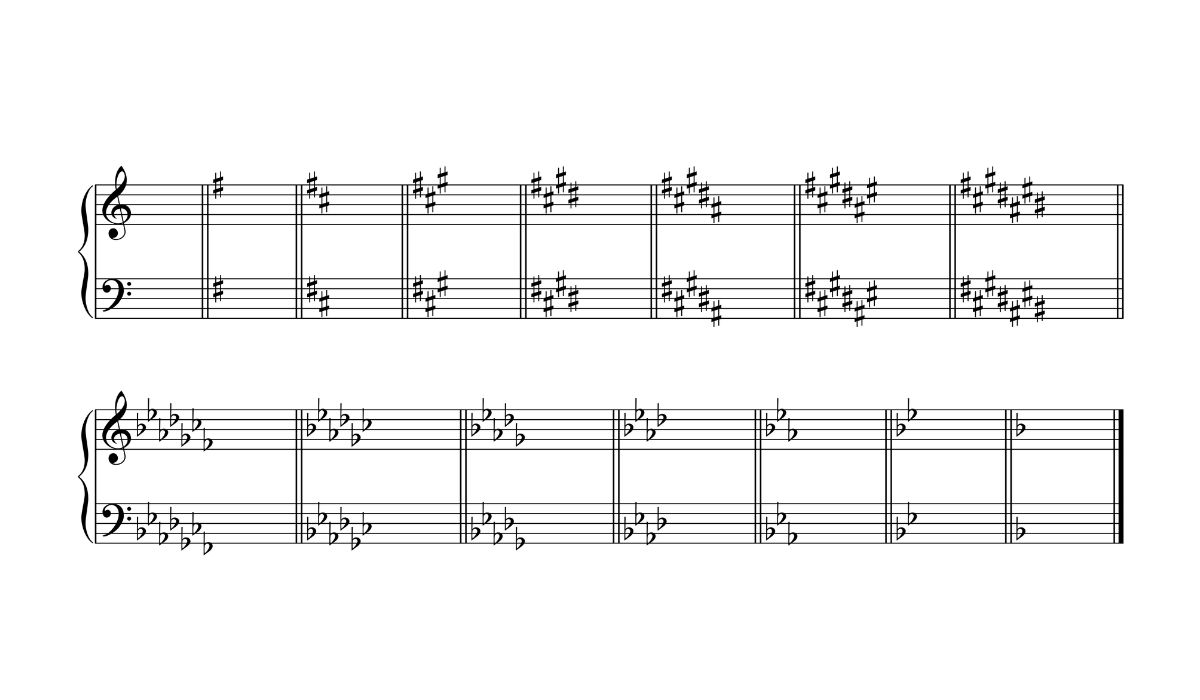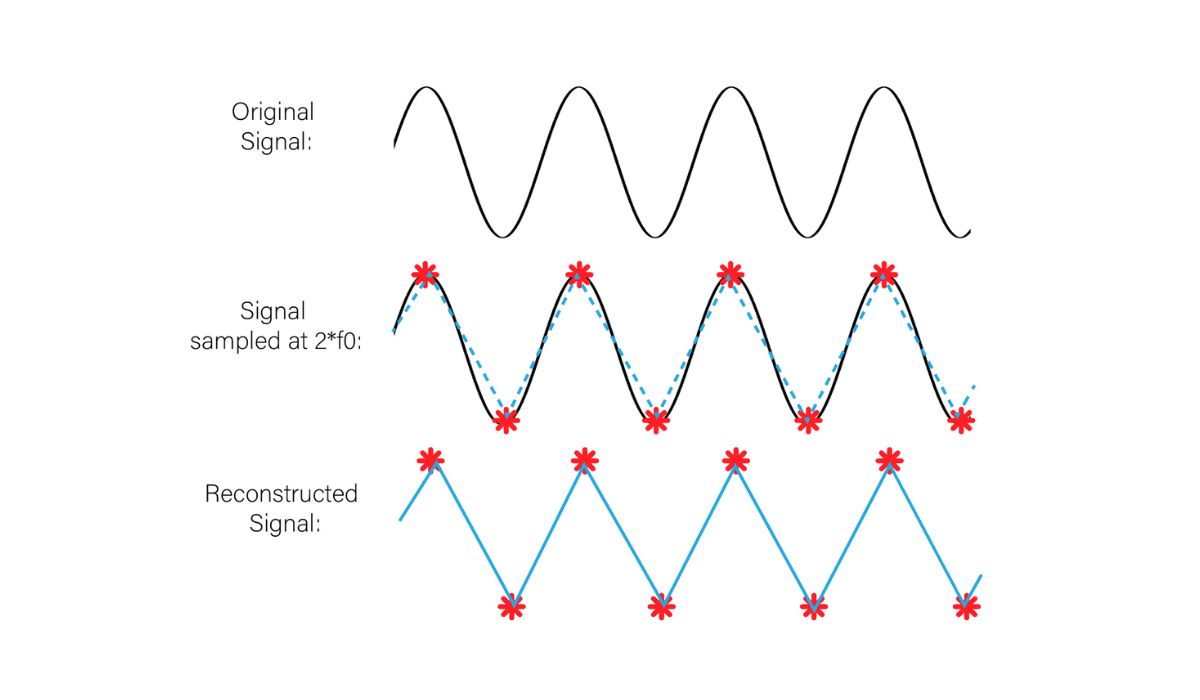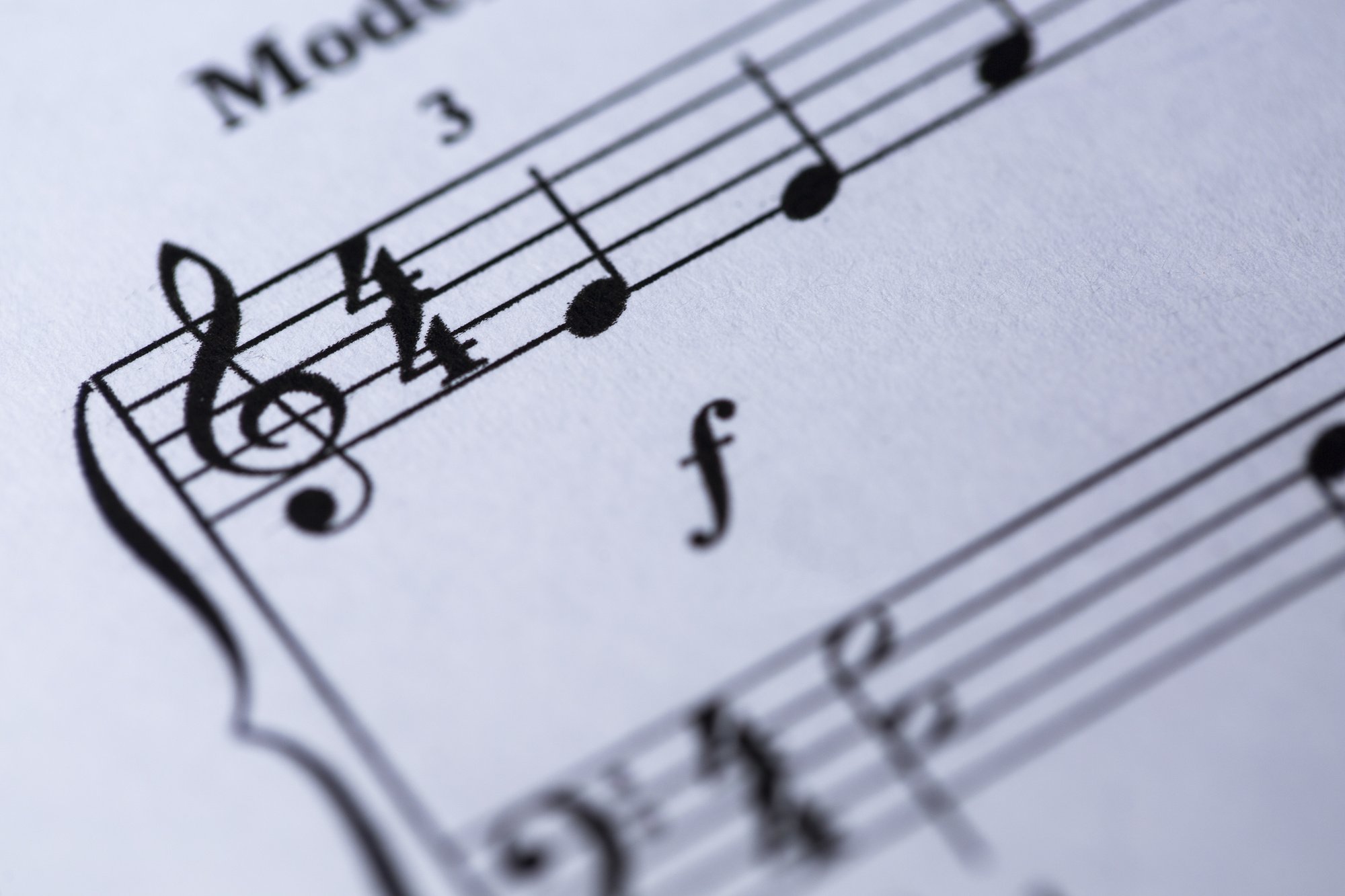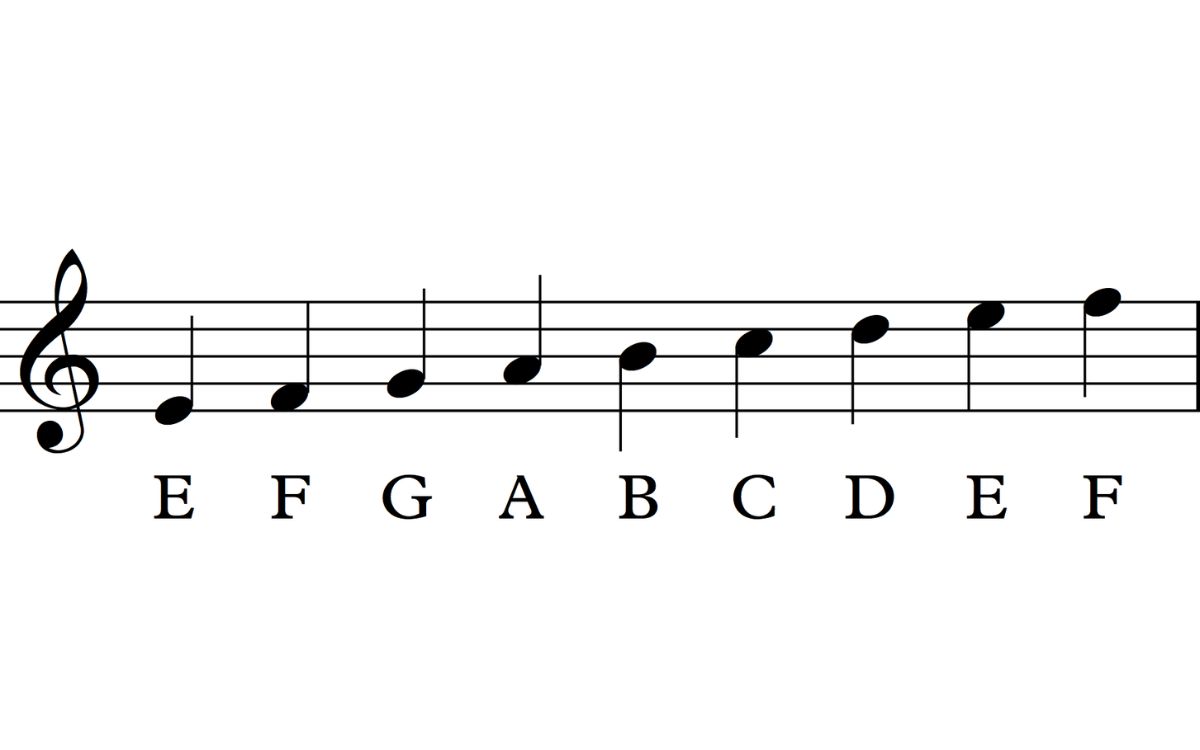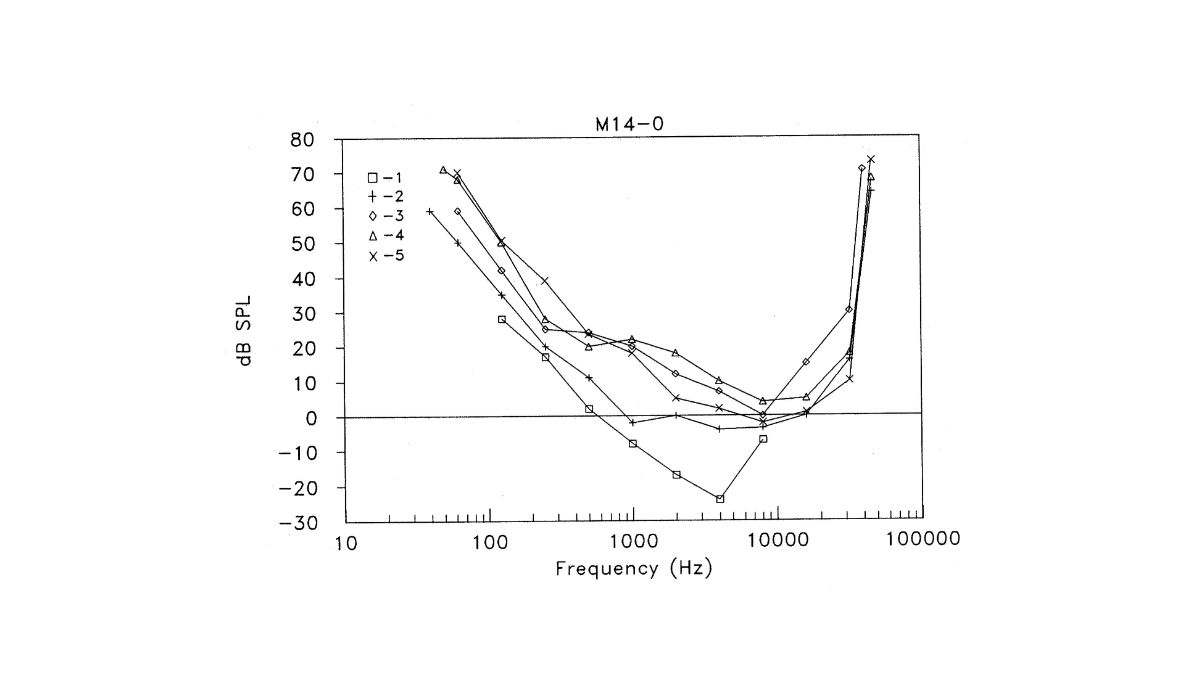Home>Events & Info>Frequency>How Is Frequency Related To Pitch
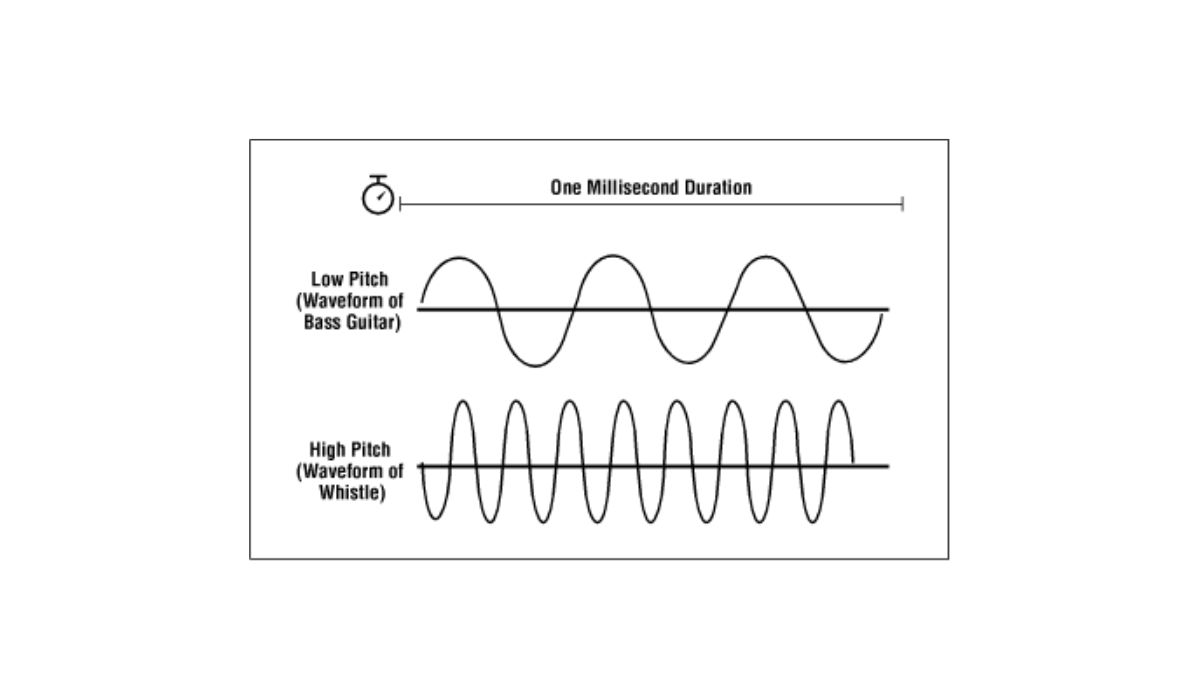

Frequency
How Is Frequency Related To Pitch
Published: February 18, 2024
Learn how frequency and pitch are related and the impact of frequency on sound perception. Discover the connection between frequency and pitch in this comprehensive guide.
(Many of the links in this article redirect to a specific reviewed product. Your purchase of these products through affiliate links helps to generate commission for AudioLover.com, at no extra cost. Learn more)
Table of Contents
Introduction
The relationship between frequency and pitch is a fascinating aspect of sound and music. Understanding how frequency and pitch are interconnected is essential for various fields, including music, physics, and engineering. In this article, we will delve into the intricate connection between frequency and pitch, exploring their individual definitions, their relationship, and practical applications. By the end, you'll have a comprehensive understanding of how these concepts intertwine and contribute to our perception of sound.
Sound is an integral part of our daily lives, from the melodic tunes we enjoy to the everyday noises that surround us. The study of sound encompasses a wide range of elements, and two fundamental components are frequency and pitch. While these terms are often used interchangeably, they have distinct meanings and play unique roles in shaping our auditory experiences.
Throughout this article, we will unravel the complexities of frequency and pitch, shedding light on their significance in different contexts. Whether you're a music enthusiast, a student of science, or simply curious about the science of sound, this exploration of frequency and pitch will provide valuable insights into a captivating aspect of our acoustic world.
Understanding Frequency
Frequency is a fundamental concept in the realm of sound and vibrations. In simple terms, frequency refers to the number of oscillations or vibrations of a sound wave per unit of time. This measurement is typically expressed in hertz (Hz), where one hertz equals one cycle per second. For instance, a sound wave with a frequency of 440 Hz completes 440 cycles in one second.
From a scientific perspective, frequency is a defining factor in determining the pitch of a sound. Higher frequencies are associated with higher-pitched sounds, while lower frequencies correspond to lower-pitched sounds. In the context of musical notes, the pitch of a note is directly linked to its frequency. For example, the musical note A above middle C is commonly tuned to a frequency of 440 Hz, producing a specific pitch that our ears perceive as A4.
Frequency plays a crucial role in various fields, extending beyond the realm of sound. In physics and engineering, frequency is a key parameter in analyzing mechanical vibrations, electromagnetic waves, and oscillatory phenomena. It serves as a foundational concept in fields such as acoustics, telecommunications, and signal processing, where understanding and manipulating frequency are essential for diverse applications.
Moreover, the concept of frequency is not limited to audible sound. It encompasses a broad spectrum of frequencies, ranging from infrasound (below the threshold of human hearing) to ultrasound (above the audible range). Each frequency range has distinct characteristics and potential applications, contributing to advancements in fields such as medical imaging, industrial monitoring, and environmental sensing.
By grasping the significance of frequency, we gain a deeper appreciation for the intricacies of sound and its pervasive influence across various disciplines. The next section will delve into the concept of pitch, elucidating its relationship with frequency and its perceptual implications in our auditory experiences.
Understanding Pitch
Pitch is a perceptual attribute of sound that allows us to categorize sounds as “high” or “low.” It is closely related to the frequency of a sound wave, yet it represents how we subjectively interpret the frequency rather than a direct measurement. When we perceive a sound as having a high pitch, we are associating it with a higher frequency, and conversely for low pitch and lower frequency.
Our ability to discern pitch is a remarkable aspect of human auditory perception. The human ear can detect a wide range of pitches, spanning from the deep rumblings of a bass guitar to the delicate trills of a soprano’s voice. This sensitivity to pitch enables us to appreciate the nuances of music, identify different speech patterns, and navigate our acoustic environment with remarkable precision.
When it comes to musical notes, pitch is a foundational element that defines the melody and harmony of compositions. In the context of standard tuning, the pitch of musical notes is directly correlated with their frequencies. For example, the note A4, commonly used as a reference pitch, is associated with a frequency of 440 Hz. This correspondence forms the basis of musical scales and allows musicians to create harmonious arrangements that resonate with our perception of pitch.
Furthermore, pitch perception is influenced by various factors, including the characteristics of the sound source, the intensity of the sound, and individual differences in auditory sensitivity. These nuances contribute to the rich tapestry of pitch experiences, shaping our emotional responses to music, speech, and environmental sounds.
Understanding the intricacies of pitch enhances our appreciation of the diverse sonic landscapes that surround us. It enables us to recognize the subtle variations in pitch that convey emotion, convey meaning, and evoke powerful sensory experiences. As we continue our exploration of the relationship between frequency and pitch, we will uncover the profound implications of this connection and its relevance in numerous applications.
Relationship Between Frequency and Pitch
The relationship between frequency and pitch is a cornerstone of our perception of sound. While frequency and pitch are distinct concepts, they are intricately linked, shaping our auditory experiences and influencing various aspects of music, communication, and technology.
As mentioned earlier, frequency refers to the rate of oscillations or vibrations in a sound wave, typically measured in hertz (Hz). Higher frequencies correspond to higher-pitched sounds, while lower frequencies are associated with lower-pitched sounds. This direct correspondence forms the basis of our perception of pitch. When we hear a sound with a higher frequency, our brains interpret it as having a higher pitch, and vice versa.
However, the relationship between frequency and pitch is not solely determined by the physical properties of sound waves. Our perception of pitch is also influenced by psychoacoustic factors, including the complex processing of auditory signals in the human brain. This means that our subjective experience of pitch may not always align perfectly with the objective frequency of a sound. For example, two sound waves with different frequencies can be perceived as having the same pitch under certain conditions, leading to intriguing perceptual phenomena.
In the context of music, the relationship between frequency and pitch underpins the entire system of musical notation and tuning. By establishing standardized frequencies for musical notes, musicians can create harmonious compositions and perform with precision, knowing that specific frequencies will elicit predictable pitch perceptions in listeners.
Moreover, the relationship between frequency and pitch extends beyond the realm of music. It is integral to speech communication, where variations in pitch convey nuances of meaning, emotion, and emphasis. In technological applications, such as audio processing and telecommunications, understanding and manipulating the relationship between frequency and pitch are essential for achieving high-quality sound reproduction and effective signal transmission.
By unraveling the intricate relationship between frequency and pitch, we gain a deeper understanding of how these fundamental elements shape our auditory world. This understanding paves the way for innovative developments in fields such as psychoacoustics, audio engineering, and digital signal processing, enhancing our ability to harness the power of sound for creative expression and practical applications.
Applications of Frequency and Pitch
The concepts of frequency and pitch have far-reaching applications across diverse fields, enriching our lives and driving advancements in technology, communication, and artistic expression. Their influence extends from the realms of music and acoustics to areas such as medicine, telecommunications, and environmental monitoring.
In the domain of music and audio engineering, the relationship between frequency and pitch is fundamental to the creation and reproduction of sound. Musicians and sound engineers rely on frequency manipulation to shape the timbre and character of musical instruments and vocal performances. By adjusting the frequency content of audio signals, they can achieve a rich palette of tones and textures, adding depth and emotion to musical compositions.
Furthermore, the precise control of pitch and frequency is essential in the design and manufacturing of musical instruments and audio equipment. From tuning string instruments to calibrating electronic synthesizers, the interplay between frequency and pitch underpins the craftsmanship and technology that define the sonic landscape of our musical experiences.
Outside the realm of music, frequency and pitch play pivotal roles in speech and language processing. Variations in pitch, known as intonation, convey grammatical structure, emotional nuances, and pragmatic meanings in spoken language. Understanding the relationship between pitch and linguistic expression is crucial for fields such as speech therapy, natural language processing, and the development of voice recognition technologies.
Moreover, the applications of frequency and pitch extend to medical diagnostics and imaging. In the field of ultrasound, high-frequency sound waves are utilized to visualize internal organs, monitor fetal development, and guide minimally invasive medical procedures. The precise manipulation of ultrasound frequency enables healthcare professionals to obtain detailed anatomical information and provide accurate diagnoses, contributing to improved patient care and medical outcomes.
From a technological standpoint, the manipulation of frequency and pitch is integral to telecommunications, audio coding, and digital signal processing. Innovations in these areas have led to the development of high-fidelity audio systems, efficient data transmission protocols, and immersive virtual reality experiences, all of which rely on the seamless integration of frequency and pitch modulation.
Furthermore, environmental monitoring and industrial applications leverage frequency-based technologies for tasks such as vibration analysis, noise control, and structural health monitoring. By analyzing the frequency signatures of mechanical systems and environmental sounds, engineers and researchers can identify potential issues, optimize performance, and ensure the safety and reliability of various infrastructures.
By recognizing the multifaceted applications of frequency and pitch, we gain a profound appreciation for their impact on our daily experiences and their contributions to scientific and technological innovation. The interconnected nature of these concepts continues to inspire new discoveries and creative endeavors, shaping the ever-evolving landscape of sound and its diverse applications.
Conclusion
Exploring the relationship between frequency and pitch unveils a captivating interplay of scientific principles, sensory perception, and practical applications. These fundamental concepts, deeply rooted in the physics of sound and the complexities of human auditory cognition, shape our experiences across diverse domains, from music and communication to technology and medicine.
Frequency, as the measure of oscillations or vibrations in a sound wave, forms the basis of pitch perception. Its influence extends beyond the audible spectrum, encompassing a broad range of applications in fields such as acoustics, telecommunications, and medical imaging. Understanding the intricacies of frequency empowers us to manipulate and harness the power of sound for creative expression and scientific inquiry.
Pitch, on the other hand, represents our subjective interpretation of frequency, allowing us to categorize sounds as high or low. This perceptual attribute plays a pivotal role in music, speech communication, and the emotional resonance of auditory experiences. Our sensitivity to pitch nuances enriches our interactions with sound, enabling us to appreciate the expressive qualities of music and the subtleties of spoken language.
The relationship between frequency and pitch permeates various facets of our lives, from the artistry of musical compositions to the precision of medical diagnostics and the seamless transmission of digital information. Its impact resonates in the craftsmanship of musical instruments, the design of communication technologies, and the advancements in healthcare and environmental monitoring.
As we continue to unravel the profound implications of frequency and pitch, we uncover new possibilities for creative expression, scientific discovery, and technological innovation. The interconnected nature of these concepts inspires ongoing exploration and fosters a deeper understanding of the intricate tapestry of sound that surrounds us.
Ultimately, the study of frequency and pitch transcends disciplinary boundaries, inviting us to embrace the beauty of sound, the complexities of human perception, and the boundless potential for transformative applications. By recognizing the symbiotic relationship between frequency and pitch, we embark on a journey of discovery that enriches our understanding of the auditory world and the profound impact of sound on our lives.



